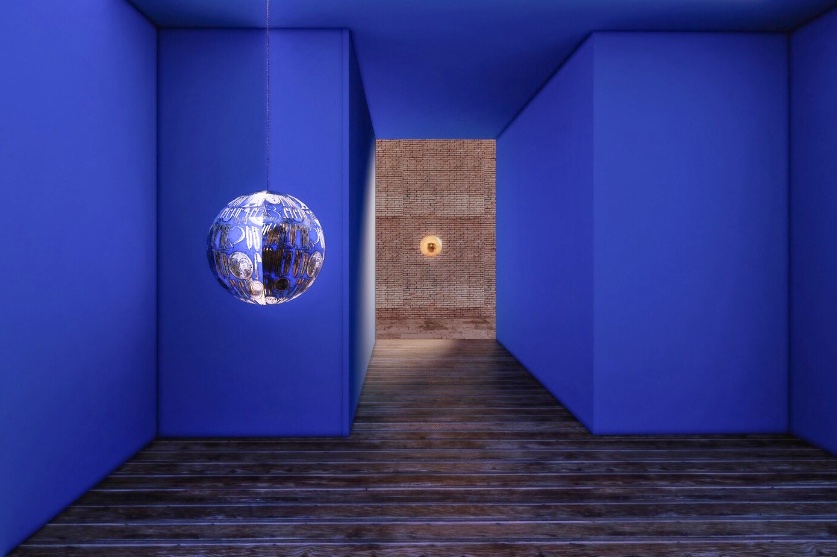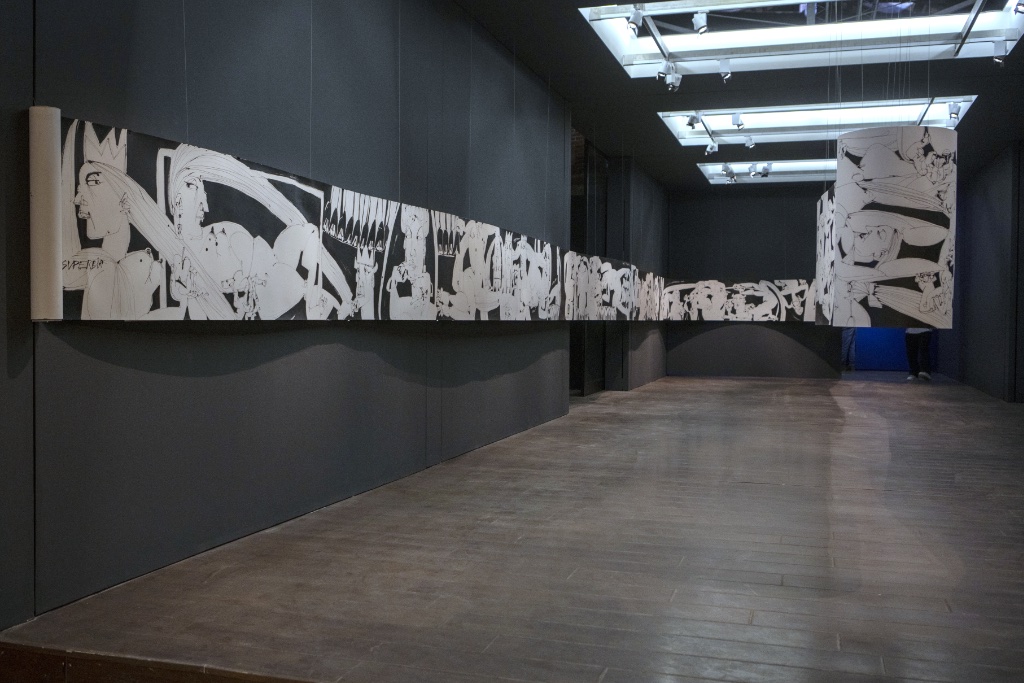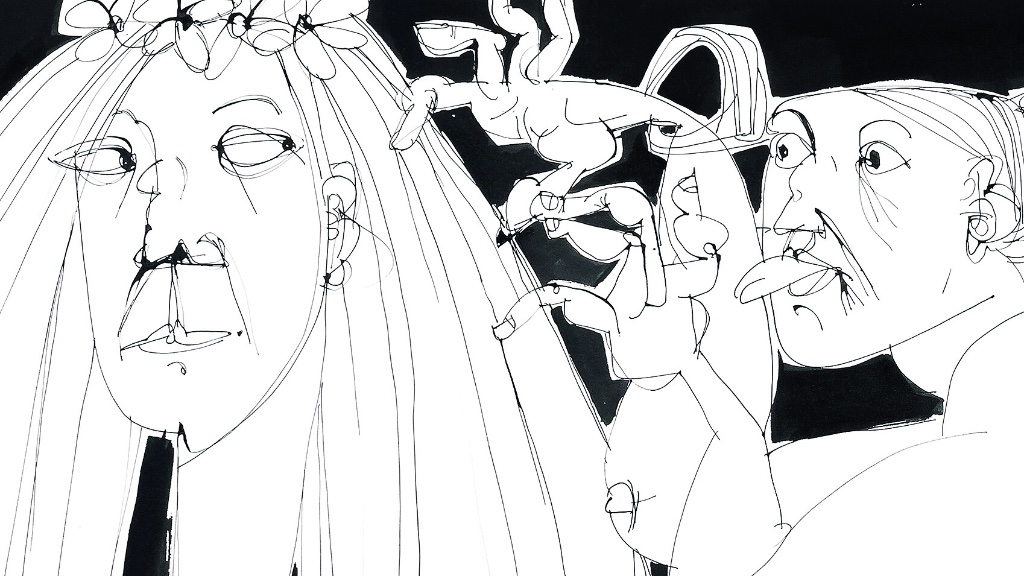A catwalk of contemporary artistic fashions and a display case for the projection of cultural soft power, the Venice Biennale has grown in size and extravagance over the years as powerhouse nations have vied to outcompete one another for the Golden Lion, and geopolitical fragmentation has enriched the constellation of nation-states present.
Curators, meanwhile, have taken to insistent value signaling, with the chosen theme of this year’s core international exhibition, “Foreigners Everywhere,” driving forward anti-colonial, indigenous cultural and LGBTQ messages.
Away from the posing, preening and sensory overload of the Giardini and the Arsenale, the Biennale’s main venues, the Armenian National Pavilion offers welcome sanctuary for a tranquil meditation on sin and repentance.
Housed in a darkened cell of the Magazzino del Sale, the Serenissima’s former salt warehouse, an overspill area on the far side of the Grand Canal, the pavilion is given over to two interlinked works by the Paris-based Armenian artist Nina Khemchyan.
Her “Seven Deadly Sins” is a 50-meter frieze snaking through the pavilion. Penned in black ink on white paper, it depicts with anthropomorphic gusto the pleasures and pain of gluttony, lust and their fellow vices. Infused with a graphic gestural energy reminiscent of Picasso’s “Guernica,” pride, wrath and sloth have seldom seemed more attractive.
Beyond the seven sins, a procession of 11 suspended lapis-blue ceramic orbs leads to a larger golden orb hung from the highest rafters of the pavilion. The blue orbs are inscribed with penitential chants in gold lettering of the Armenian script created early in the fifth-century by the linguist, composer and theologian Mesrop Mashtots. A soft contralto penitential chant composed by Mashtots, a foundational figure for Armenian identity, drifts in the air. This is “Echo,” the second of Khemchyan’s works.
A verse links the two: “There is nothing more human than sin/And there is nothing more human than/ The desire to overcome it”
Khemchyan says she came to a deep appreciation of Mashtot’s writings at the time of the 2020 Nagorno-Karabakh War between Armenia and Azerbaijan.
“The work is not religious,” she says in an interview, “but it is spiritual. There are sins, like anger, that can be very useful. You can do good things with anger. And after sin, after repentance, you can arrive at something. It can be a new departure.”
Born in Erevan in 1964, Khemchyan studied art and theater at the Armenian National Institute of Fine Arts for nine years from the age of 15. From 1993 to ’97, she continued her studies in Paris at the École National des Arts Appliqués. Working mainly in ceramic sculpture, she exhibited in Erevan, Paris, Luxembourg, New York, Los Angeles and Milan before being chosen for this year’s Venice spectacular.
In Paris, she is represented by Galerie de Buci on the Rue de Seine. Piggybacking on the Biennale, the gallery will be running a new exhibition of her work, “Echos of Venice,” starting June 20.
Reprising the structure of the Armenian Pavilion, the Paris show will bring together a dozen graphic works in black ink with new ceramic pieces glazed in her emblematic blues, ochers and gold. “It’s a collection full of light, like the reflection of Murano chandeliers in the mirrors of the palaces along the Grand Canal,” says Pavel Morozov, the gallery’s co-owner.
For Khemchyan, the sphere is a form of infinity; the designs incised on its surface are continuous, having neither beginning nor end. Her favored color, blue, “is hope, the universe, the color of sky and water.”
Referring to the names of her Venice and Paris shows, she says that “the world is full of echos,” adding that the Paris show will echo not only the work shown in Venice but also the weeks she spent there putting it together. “I think there will be echos of Venice, the colors of Venice, the sea, the canals.”
Still, “ I don’t have a set plan,” she adds, during a break between firings of the new pieces: “I start working and the work leads me.”
See our list of Current & Upcoming Exhibitions to find out what else is happening in the Paris art world.
Favorite


